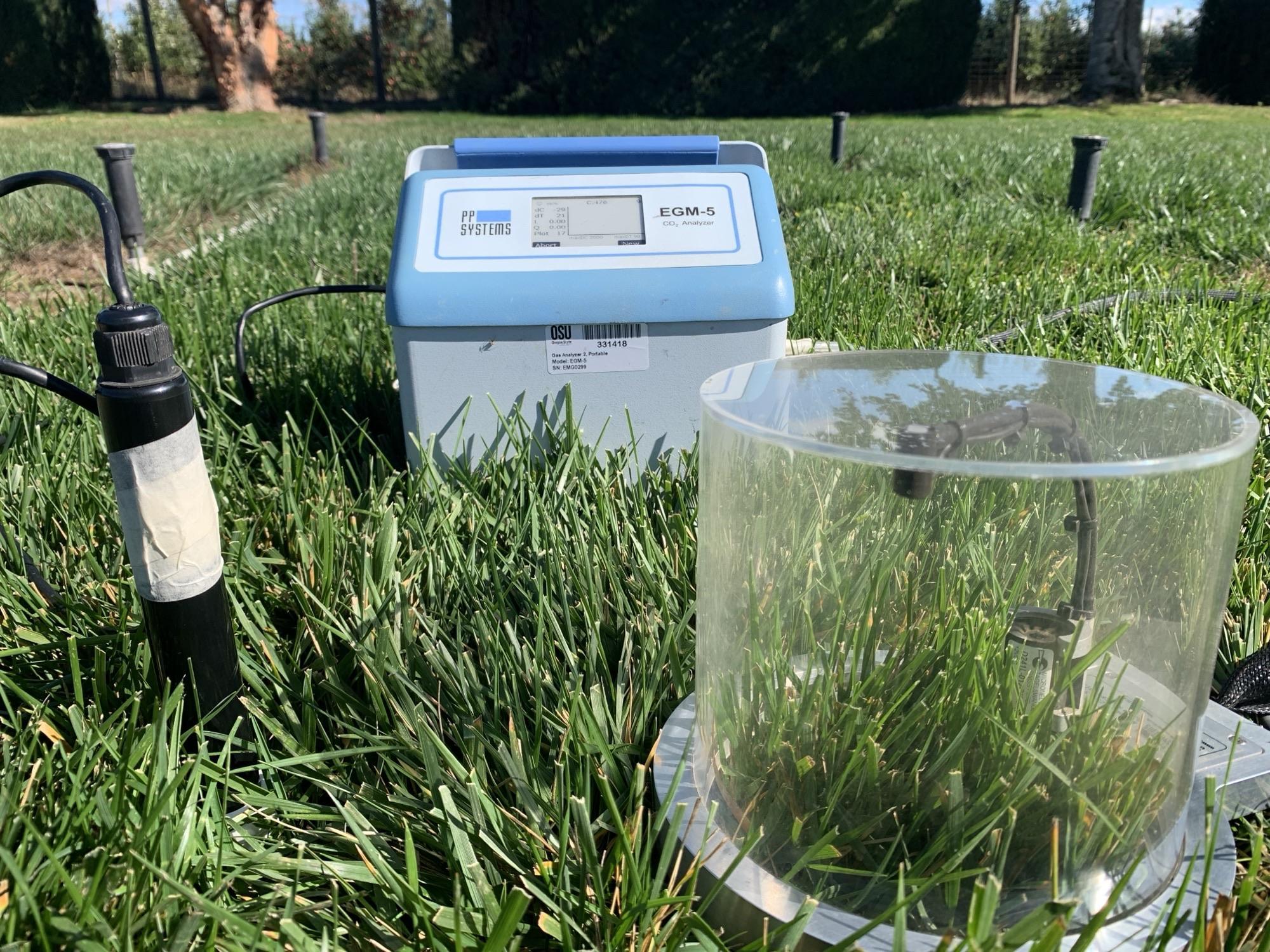It has become fashionable among some to condemn lawns as wasteful and damaging to the environment. But, if you think about it, all plants have the potential to capture carbon from the atmosphere through photosynthesis, and the lawn’s long growing season means that it has real potential for pulling carbon from the air into grass blades and root systems.
So, how can we maximize its potential for carbon sequestration?
Oregon State University’s Turf Management Program researchers are studying how to make your lawn more climate friendly. An upcoming webinar session at noon on Wednesday, March 27 will review what types of lawns are most eco-friendly, and how best to mow, fertilize, and irrigate for both healthy plants and maximum carbon sequestration. It will also discuss which cultural practices to avoid because they encourage soil microbes to break down organic matter, thus releasing carbon back into the atmosphere.
This free class requires advanced registration. Even if you can’t attend live, go ahead and register. A recording link will be sent to you 2 days after the class. Register online here.
Alec Kowalewski, Ph.D., has more than 20 years of research experience and is an associate professor at Oregon State University. He teaches classes in the Department of Horticulture and provides Extension material for stakeholders in turfgrass and landscape management. His primary research interest is improving the economic and environmental sustainability of turfgrass.
This class counts as one hour metro area Master Gardener continuing garden education credit.

